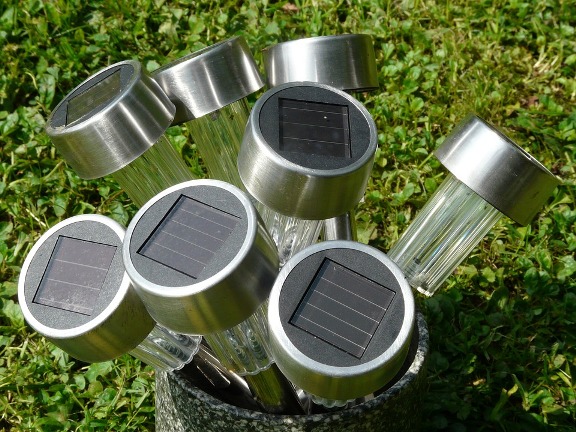
Credit: Pxhere
The first half of the year has seen a huge surge in the prices of silver. Silver prices have shot up almost by 50% from January 2016. This has come after almost a continuous downtrend or steady prices of silver for the last three years.
Many factors are affecting the silver price to rise. Demand and supply, economic volatility of the stock markets and currencies, increased usage of silver in the industry, new inventions about its usage, etc.
In the late nineteenth century, photography and film manufacturing helped boost silver prices. Today the photography technology is almost wiped off with the emergence of digital camera technology. But today, the solar power industry is driving the demand for silver in a big way and is going to sustain, unlike camera technology. With the world realising the severity of climate change and the benefits of renewable energy, an enormous amount of investments is being made in it.
In the renewable energy sector, solar energy is considered most reliable than other renewable energy sources such as wind energy. Investment in solar power generation plants is rising with a steep slope, and silver is a crucial component in the manufacturing of solar panels. Each crystalline silicon solar panel manufactured uses 20 grams of silver per panel. As per the Silver Institute, roughly 80 metric tons of silver (2,821,920 ounces) is needed to generate one-gigawatt electricity from solar energy.
According to Thomson Reuters GFMS (one of the world’s leading economics consultants in precious metals), silver demand in solar photovoltaic applications rose 23% in 2015 to 77.6 Moz (million ounces), and the second consecutive year to see the rise. In the year 2000, only 1 Moz of silver was used in PV fabrication. That’s almost 78 times rise in just over a decade. It is estimated to touch 100 Moz shortly. The solar power generation industry growth rate can sustain at the same rate as long as the cost of electricity to the end-user will be competitive compared to the one generated from fossil fuels or other renewable energy sources.
As per the Silver Institute, roughly 80 metric tons of silver (2,821,920 ounces) is needed to generate one gigawatt of electricity from solar energy. According to Thomson Reuters GFMS (one of the world’s leading economics consultants in precious metals), silver demand in solar photovoltaic applications rose 23% in 2015 to 77.6 Moz (million ounces), and the second consecutive year to see the rise. In the year 2000, only 1 Moz of silver was used in PV fabrication. That’s almost 78 times rise in just over a decade. It is estimated to touch 100 Moz shortly. The solar power generation industry growth rate can sustain at the same rate as long as the cost of electricity to the end-user will be competitive compared to the one generated from fossil fuels or other renewable energy sources.
The solar power generation industry growth rate can sustain at the same rate as long as the cost of electricity to the end-user will be competitive compared to the one generated from fossil fuels or other renewable energy sources.
Some countries in Europe, such as Germany, are slowly reducing the incentives offered on the PV installations. But it is heavily offset by countries like China, India etc. China is expected to drive the growth in solar PV capacity for years to come as its making concerted efforts to reduce its dependency on coal for power generation.
Last but not least continual rise in silver prices beyond a certain level will force scientists to search for another alternative to silver. Research for replacing silver with aluminium is already started!
